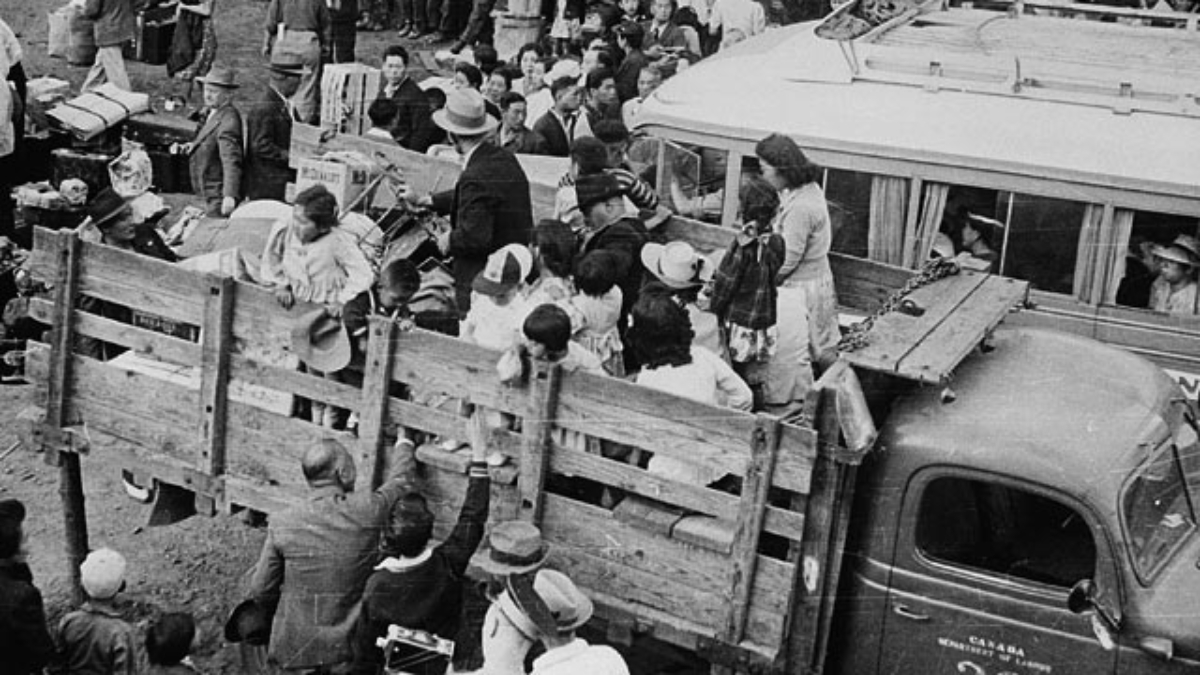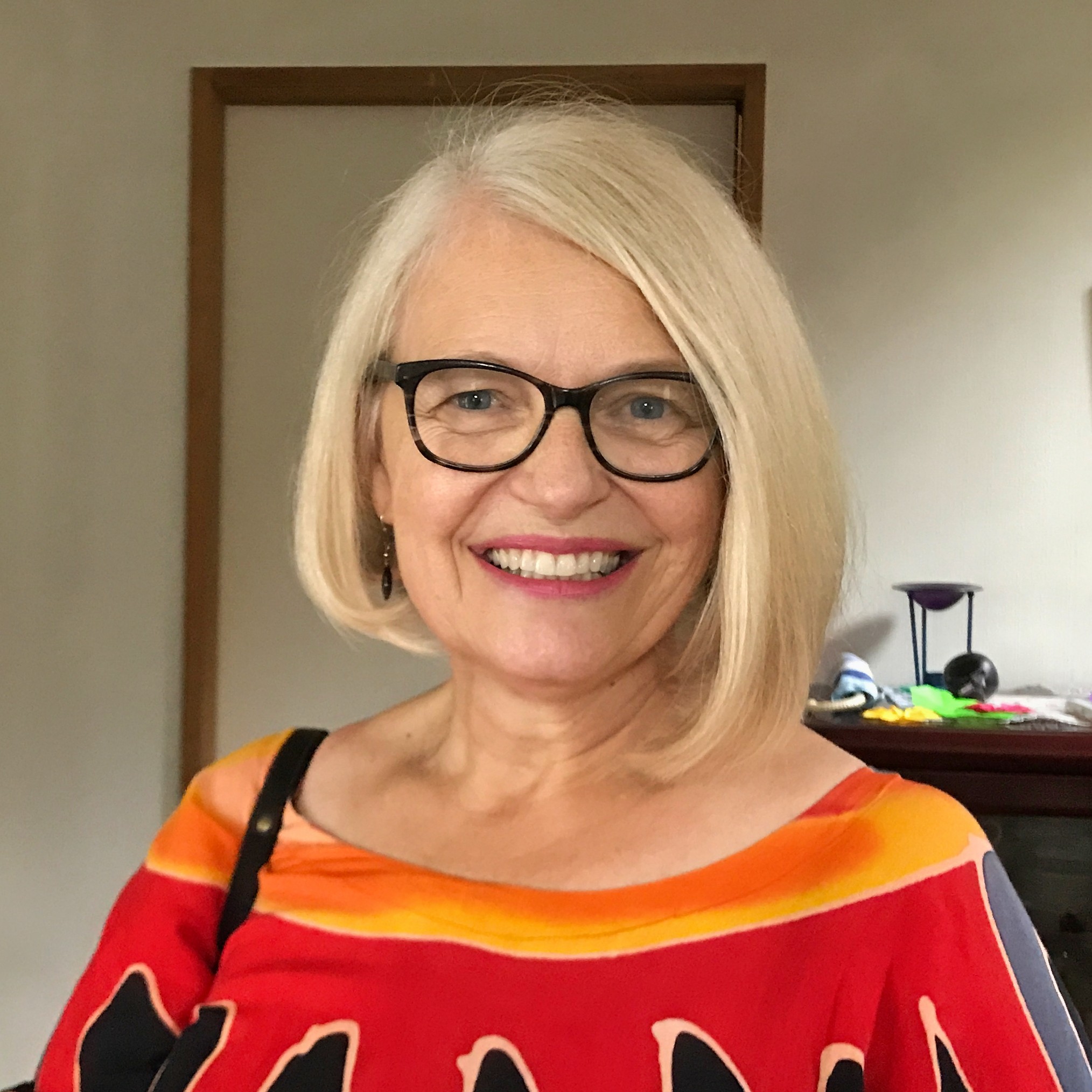Alberta students aren’t required to learn about the internment of Japanese Canadians during the Second World War until Grade 11 social studies. And apart from that, there is very little in the curriculum that exposes them to a community that forms part of the Western Canadian cultural fabric.
As a result, what they do learn about Japanese Canadians arrives relatively late in their K–12 education, often without sufficient context, and can be easily forgotten, says Olenka Bilash, a professor in the University of Alberta’s Faculty of Education.
But she and her colleagues have a plan to change that. They have compiled a Directory of Japanese Canadian Resources that teachers of almost any subject and grade can use to provide students with the knowledge and context they need to more fully understand the internment — as well as the depth of contributions Japanese Canadians have made to Canada.
In 1942 the Canadian government used the War Measures Act to detain about 21,000 Japanese Canadians living in British Columbia. Many were interned in prison camps for the duration of the Second World War after their homes and businesses were confiscated.
In 1988, on behalf of the government, Prime Minister Brian Mulroney apologized for “the past injustices” against Japanese Canadians, announcing a $430-million historical redress agreement for their loss.
While it is a crucially important chapter of Canadian history everyone should be aware of, says Bilash, there is far more about the Japanese Canadian experience to explore.
“If a teacher in every grade did just one thing mentioned in our directory, and those kids got one touchstone every year for 12 years, there would be a through-line about Japanese Canadian culture and contributions, not just about the internment,” she notes.
Such through-lines already exist in Alberta programs of study on the experiences and perspectives of the francophone community and Indigenous peoples, including knowledge of Indian residential schools and Truth and Reconciliation, she says.
The idea for the directory was hatched during the COVID-19 pandemic, when Asian Canadians suffered inordinate levels of racism. Older members of Edmonton’s Japanese Canadian community expressed concern over Canadians’ lack of knowledge about their culture and history, so the Edmonton Japanese Community Association struck a partnership with the U of A to increase awareness, especially in Alberta schools.
The initial partnership led to a broad community-campus collaboration with the faculties of arts and education, the departments of sociology and drama, the Prince Takamado Japan Centre for Teaching and Research, the Edmonton Japanese Community Association and the John Humphrey Centre For Peace and Human Rights.
The directory was one result, and includes picture books, novels, plays, memoirs and historical accounts of Japanese Canadian history and culture as well as resources developed for teachers in B.C., such as the Landscapes of Injustice website and the Japanese Canadian History Elementary Resource Guide.
Connected to learning goals
To provide direction for lesson plans, the directory connects resources for multiple subjects directly to goals outlined in Alberta’s programs of study, says Bilash.
“It explains the objectives you’re covering if you consider this resource, as opposed to saying, for example, ‘I have to teach organizational skills and where do I find material?’” Such content is often difficult to track down.
For kindergarten and elementary grades, one highlighted resource is a picture book called Suki’s Kimono, a story about a girl who wears a kimono, given to her by her grandmother, on her first day of school. Suki uses the kimono to explain to other students the elements of Japanese culture that are important to her.
The directory connects the story to the specific social studies outcome to “appreciate the unique characteristics, interests, gifts and talents of others,” and suggests as one activity that students “do a show-and-share of an object that has meaning to their family or heritage.”
“My students each drew a kimono of their own and decorated them with things from their own families or cultures that make them feel proud,” says Stephanie MacPhail, an elementary teacher at Ecole Westhaven School in Edson who was responsible for compiling resources for lower grades in the directory.
“They were able to make connections between their own backgrounds and experiences to those of Suki.”
For Grade 6, the directory cites the Japanese Canadian History Elementary Resource Guide, a set of lesson plans aimed at understanding issues of human rights, racism and the history of Japanese internment in Canada.
The guide is linked to the social studies goal to “value the role of the Canadian Charter of Rights and Freedoms in protecting individual and collective rights and freedoms.” One activity involves “discussion of the redress and Brian Mulroney’s speech 40 years after internment.”
MacPhail and education doctoral student Kim Edmondson, who selected material for the upper grades, sorted through an extensive list of potential resources provided by Takashi Ohki of the Edmonton Japanese Community Association.
The main purpose of the directory is to offer optional material that teachers can use at their discretion, rather than seeking to impose content through compulsory curriculum, says Bilash, adding that a similar approach could be used to highlight the contributions of other ethnic communities.
“Many teachers are wanting to address anti-racism education in their classrooms but are unsure of where to start,” says MacPhail. “Our goal was to give teachers a starting point.”
“If your conscience is telling you this should be taught, you can say, ‘Now I know how I can do it,’” adds Bilash.
The directory also offers many free online resources and suggestions for how teachers might use a single resource across grade levels.
The work of Bilash and her research team was partly funded by the Canadian Race Relations Foundation. The foundation also sponsored a U of A production last year of Hold These Truths, a play that captures the life of Gordon Hirabayashi, whose principled stand against the internment of Japanese Americans made legal history.
Hirabayashi taught sociology at the U of A between 1959 and 1983, where he chaired the Department of Sociology from 1970 to 1975. Under his tenure, the department’s sociology program was one of the top three in the country.
“The internment was a horribly dark moment in our history and we must strive not to repeat the thinking that brought it about,” says Bilash. “But we don't want students to remember Japanese Canadians just for the internment.
“Students should also know about the positive aspects of Japanese culture and the important contributions Japanese Canadians have made to the country.”

